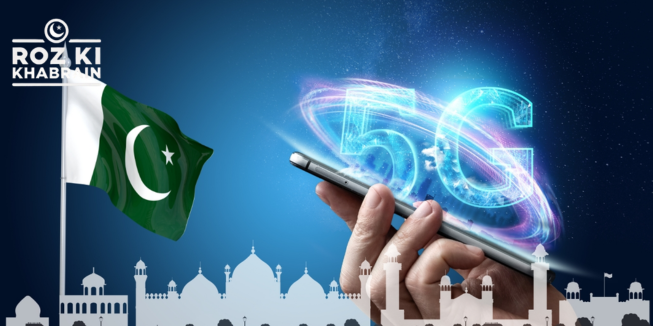Tesla CEO Elon Musk has introduced the company’s highly anticipated robotaxi, the Cybercab, during an event at Warner Bros Studios in Burbank, California.
The futuristic vehicle, which features two wing-like doors and lacks pedals or a steering wheel, delivered Musk to an eager audience eager to learn about what he believes is a pivotal project for Tesla’s future.
At the event, titled “We, Robot,” Musk reiterated his belief that fully autonomous vehicles will be safer than those driven by humans and could potentially generate income for owners through ride rentals.
However, investors have not shared his optimism; Tesla’s stock price fell after markets opened in the US on Friday morning. By 11:45 Eastern Time (16:45 BST), the share price had dropped over eight percent, trading around $219. In contrast, shares of ride-hailing competitors Uber and Lyft, both of which have their own autonomous initiatives, rose by as much as 10%.
Musk’s timeline for Cybercab production has raised eyebrows, with a prediction that manufacturing would commence “before 2027,” given his history of missing deadlines. He humorously acknowledged his tendency to be overly optimistic with timelines.
The Cybercab, which aims to compete with companies like Alphabet-owned Waymo, is expected to retail for under $30,000 (£23,000). However, analysts have expressed skepticism about the feasibility of this price point within the proposed timeframe. Paul Miller from Forrester stated, “It will be extremely difficult for Tesla to offer a new vehicle at that price within that timescale. Without external subsidies, or Tesla making a loss on every vehicle, it doesn’t seem plausible to launch at anything close to that price this decade.”
Safety Concerns
Musk also announced that “fully autonomous unsupervised” technology is anticipated to be available in Tesla’s Model 3 and Model Y in Texas and California next year, pending regulatory approval. However, gaining that approval is uncertain.
“It is a big chunk of metal driving on roads at high speeds, so safety concerns are significant,” said Samitha Samaranayake, an associate professor of engineering at Cornell University. Tesla’s approach relies on cameras, which are cheaper than radar and Lidar sensors that many competitors utilize, aiming to train its AI using raw data from its vast fleet of vehicles. Nonetheless, Samaranayake noted that the research community remains skeptical about whether Tesla’s method can guarantee the necessary safety standards.
Playing Catch-Up
The Cybercab project has faced delays, originally slated for release in August. This past summer, Musk indicated on X (formerly Twitter) that the delay was due to essential design changes.
Meanwhile, competing robotaxis are already operational on some US roads, highlighting the competitive landscape. Tesla is also bracing for its first annual sales decline as rivals continue to penetrate the electric vehicle market, even as overall sales have softened.
Despite these challenges, the event featured a heavy dose of spectacle, including Tesla’s humanoid robots dancing and serving drinks to guests. Musk also presented a prototype for a “Robovan,” capable of transporting up to 20 passengers at a time. Dan Ives, managing director at Wedbush Securities, who attended the event, commented, “The sleek shuttle could become a mode of transportation that Tesla leverages in the coming years.”
Musk enthusiastically remarked, “Can you imagine going down the street and seeing this coming toward you? That would be incredible,” as the Robovan made its entrance.
Another analyst noted that while the event painted an idealistic vision for the future of transportation, significant questions remain about the practical aspects of achieving this vision. Jessica Caldwell, head of insights at Edmunds, stated, “Musk did a fantastic job of presenting a future that promises to save time and enhance safety. However, many questions remain about how this will be accomplished practically.”
State of the Robotaxi Market
The robotaxi sector has encountered setbacks, such as the suspension of driverless cars operated by General Motors subsidiary Cruise in San Francisco following an incident involving a pedestrian. Nevertheless, the industry continues to grow. Waymo announced plans to add the Hyundai Ioniq 5 to its robotaxi fleet after testing, while Uber seeks to expand its fleet with more autonomous vehicles through a multi-year partnership with Cruise.
Chinese tech company Baidu is also reportedly looking to extend its robotaxi division, Apollo Go, beyond China, where it already operates in multiple cities.




